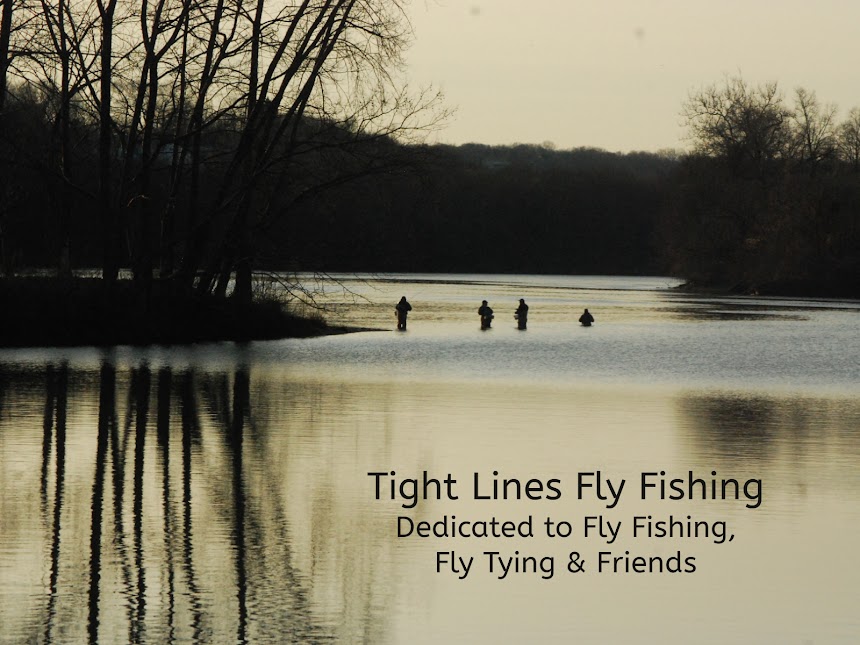Shakey Bealy
Hook: TMC 2312, or TMC 200R, or
nymph hook of choice, sizes 10-18.
Thread: Brown, 8/0
Tail: Yellow mallard fibers or Coq de Leon fibers over Strands of orange Krystal Flash
Thread: Brown, 8/0
Tail: Yellow mallard fibers or Coq de Leon fibers over Strands of orange Krystal Flash
Body: Amber emergence dubbing
Rib: Brown thread or utc ultra wire.
Thorax:Orange Ostrich herl or orange ice
dub.
Soft Hackle collar/legs: Partridge or hen hackle.
Thorax:
Soft Hackle collar/legs: Partridge or hen hackle.
When
I first started to fish the Housatonic 75% of
my limited fly arsenal consisted of wet flies.
They were more forgiving considering my limited fly fishing abilities. Also, the materials needed to tie them were
cheap and readily available to me. I
immersed myself into fly fishing books such as ‘The Soft-Hackled Fly’ by
Sylvester Nemes, and tried to master wet fly techniques such as the “leisenring
lift”. Over the years I fished ‘wets’
less and less as my other fly fishing skills improved. However, this fall I fished a lot of wet
flies and was so thankful that I did. Wet
fly fishing is often a forgotten method for most fly fishermen. I don’t know why. Many times it can be the most effective way
to fish for trout. By the way one of the
best books I’ve ever read on wet flies is “Wet Flies” by David Hughes.
This
above listed pattern was developed to represent an emerging March Brown. Don’t let that prevent you from experimenting
with different colors and materials.
When down sizing this fly to represent the hatches of smaller insects, I
substitute orange ice dub for ostrich herl, and use “midge” Krystal flash which
has a smaller diameter.
Begin
by tying in 7 or 8 strands of Krystal flash on the hook shank. When you tie the Krystal flash in it will
form the tail and serve as part of the collar of the fly. The flash will extend approximately 2/3rds
the length of a typical wet fly tail and beyond the eye of the hook (this will
become part of the collar of the fly).
Lash it down the entire length of the hook shank so that it extends
beyond the eye of the hook. Next, tie in
your natural tail fibers. They will
extend over and beyond the Krystal flash part of the tail. Tie in your rib. Next dub your body along the hook shank
leaving enough room to tie in your thorax and collar (approximately 2/3 the
length of the hook shank). Rib the body
and tie and cut it off. Tie in your
ostrich herl and create the thorax with 4-5 wraps. You can also dub a thorax using orange ice
dub. Next, take the strands of Krystal
flash (which you initially tied in and extend beyond the hook eye) and fold
them back over the thorax and lock them in place with your thread. You want to arrange the Krystal flash so that
the strands envelope and surround the thorax like an artificial hackle. Next, tie in your Partridge or Hen hackle. Take
3-4 wraps behind the eye of the hook.
Tie off the hackle, whip finish and apply some head cement to the finish
wraps.
Below, Nick
Nicklas and Blue Ribbon Flies have a nice video on how to tie the Shakey Bealy.
If
you have any questions about this fly or would like to submit a Fly of the
Month, I can be reached at 203 305-3850 or e-mail me at pdinice@frontier.com . This pattern can also be
viewed at www.hffa.net .





.JPG)





